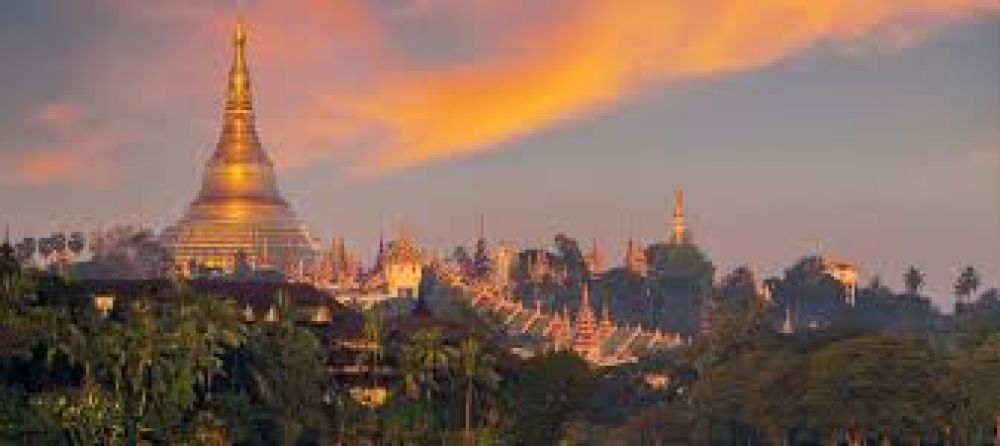

Yangon, formerly known as Rangoon, is the largest city in Myanmar (Burma) and has long been the center of the country's political, economic, and cultural life. The history of Yangon as a tourist destination can be traced back to the days of the British colonial era when it served as the capital of British Burma.
The foundation for tourism was laid during the British rule in the 19th and 20th centuries, as Yangon was developed into a major port city and an administrative hub. This brought about the construction of many colonial-era buildings and landmarks which today serve as major tourist attractions, such as the Strand Hotel and the High Court Building.
After Myanmar achieved independence in 1948, the country experienced periods of isolation, particularly under the military regime that began in 1962. During this time, tourism in Yangon and the rest of Myanmar was limited, with few visitors venturing into the country due to travel restrictions, political unrest, and underdeveloped infrastructure.
In the early 1990s, the government started to promote tourism under the slogan "Visit Myanmar Year" for 1996, which marked the beginning of a new era for the tourism industry. Yangon, with its rich cultural heritage and historical significance, became a focal point for tourists seeking to explore the country's unique offerings.
With political reforms initiated in 2011, Myanmar and Yangon started to gain more exposure to the international travel market. The easing of travel restrictions, coupled with cultural fascination and historical interest, accelerated tourist inflows. Major attractions include the sacred Shwedagon Pagoda, the expansive Kandawgyi Lake, and the vibrant Bogyoke Aung San Market (Scott Market).
The latest tourism trends in Yangon have been significantly influenced by global tourism dynamics and consumer behavior. The focus has shifted to include sustainable tourism practices, with visitors becoming more conscious of their environmental and social impact. Additionally, there has been an increase in demand for authentic and experiential travel, leading to a rise in community-based tourism initiatives that offer deeper cultural exchanges.
Another emerging trend is the rise in digital connectivity, which has impacted travel planning and experiences. Tourists are now more likely to use online resources for booking tours, seeking out unique accommodations, and sharing their experiences on social media platforms.
However, tourism in Yangon, like in many other parts of the world, faced a significant setback due to the COVID-19 pandemic. Travel restrictions and health concerns led to a dramatic fall in international visitors. The industry is gradually recovering with the implementation of health protocols and the reopening of borders to vaccinated travelers.
Overall, Yangon remains a captivating destination with a rich history and promising future in tourism, offering a blend of colonial architecture, spiritual sites, and a warm, welcoming atmosphere.